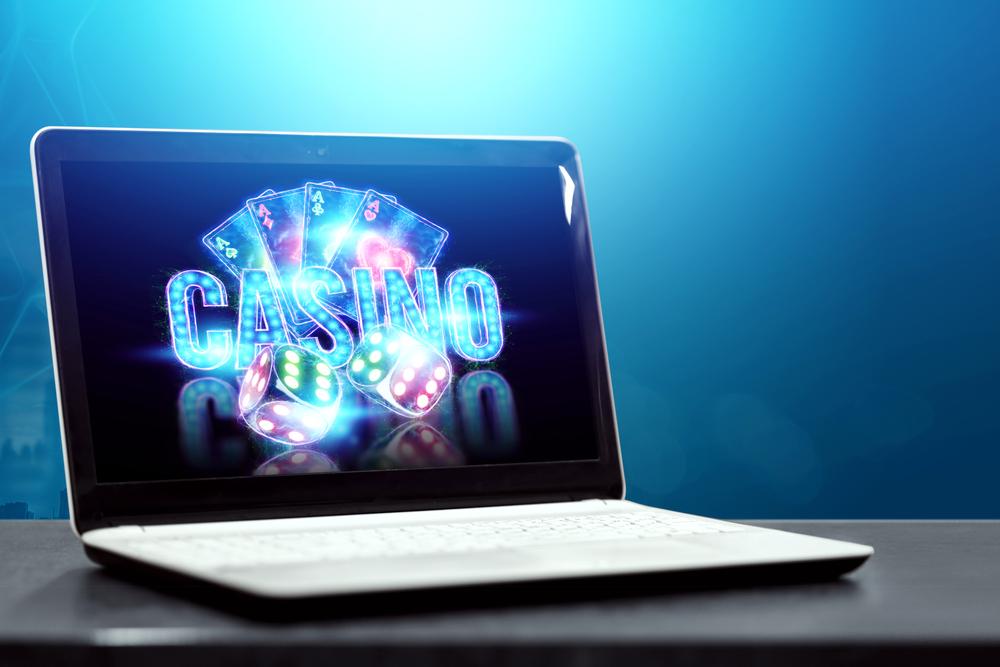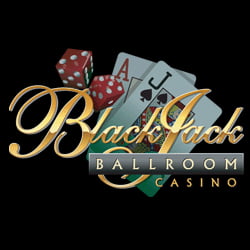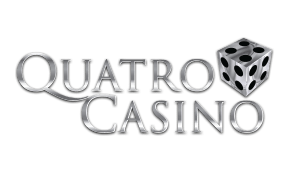
When it comes to the thrilling game of poker, there is an age-old technique that separates beginners from seasoned players – the art of bluffing. A successful bluff can turn the tables, leading your opponents to make decisions based on false assumptions. However, mastering the art of bluffing in poker requires a delicate balance of skill, psychology, and intuition.
Understanding the Basics
Before delving into the intricacies of bluffing, it’s essential to have a firm grasp of the basics of the game. Know your hand rankings, the value of each card, and understand the various poker variants. Familiarize yourself with the rules and pay close attention to your opponents’ behavior, as it often reveals more than their words.
The Psychology of Bluffing
Bluffing is not solely about the cards in your hand – precise timing, body language, and psychological prowess are equally important. Here are some key psychological factors to consider while bluffing:
- Confidence: Exude an air of confidence to convince others that you have the upper hand, regardless of your actual hand strength.
- Tells: Observe your opponents’ physical and verbal cues. Trembling hands, rapid breathing, or averted gazes can provide valuable insights into the strength of their hands.
- Mind Games: When bluffing, subtle mind games can be incredibly effective. Consider raising or lowering your voice, maintaining steady eye contact, or throwing in strategic questions to confuse your opponents.
The Bluffing Styles
There are several bluffing styles, each with its own advantages and risks. Understanding these styles will help you determine the most effective approach for any given situation:
- The Stone-Cold Bluff: A bold move, putting on a stone-cold bluff involves projecting an unwavering aura of confidence. This approach can intimidate opponents and force them to fold.
- The Semi-Bluff: Ideal when you have a moderately strong hand with potential for improvement, this bluff implies that you have a powerful hand. If your opponents call, you still have the chance to win with subsequent cards.
- The Continuation Bet: Executed after raising before the flop, this bluff suggests a strong hand and can help maintain control of the pot even if your hand does not improve.
- The Reverse Bluff: A deceptive technique, the reverse bluff involves intentionally acting timid or weak to trick opponents into believing they have the upper hand.
The Bluffing Game Plan
While bluffing adds an exciting dimension to poker, it should not be overused. Here are some key points to consider before embarking on a bluff:
- Position: Bluffing from a late position is generally more effective, as you have more information about your opponents’ actions and can tailor your bluff accordingly.
- Chip Stack: Consider your chip stack size and your opponents’ – bluffing with a short stack may not be as successful, as your opponents will be less likely to fold.
- Table Image: Your prior behavior at the table plays a significant role in effective bluffing. If you’ve been caught bluffing frequently, adjust your strategy to maintain credibility.
- Patience: Timing is everything. Be patient and wait for the right moment to strike. Impulsive bluffs are often unsuccessful and can lead to significant losses.
Remember, mastering the art of bluffing in poker takes time, practice, and a keen sense of observation. By understanding the psychology behind it and adopting the right strategy, you can elevate your poker game to new heights. Good luck at the tables!






























